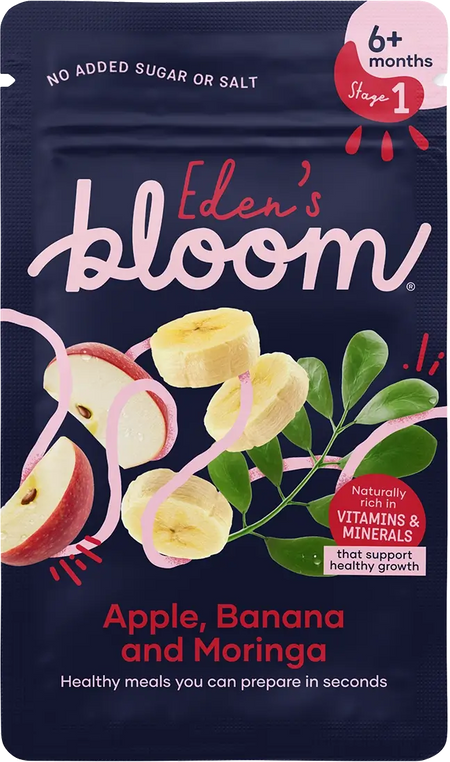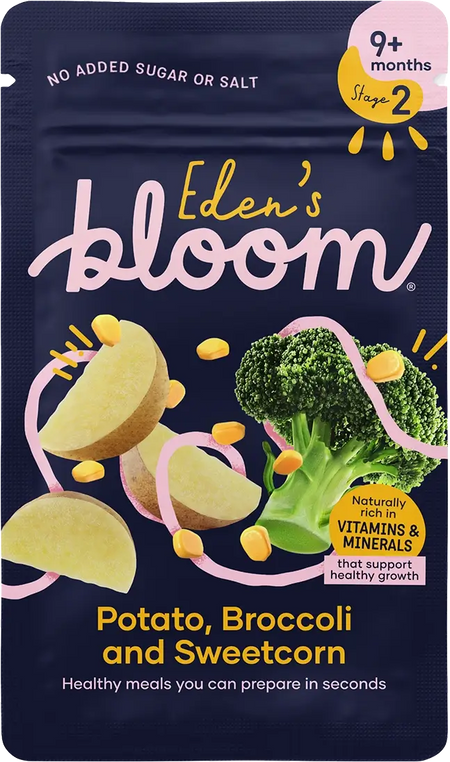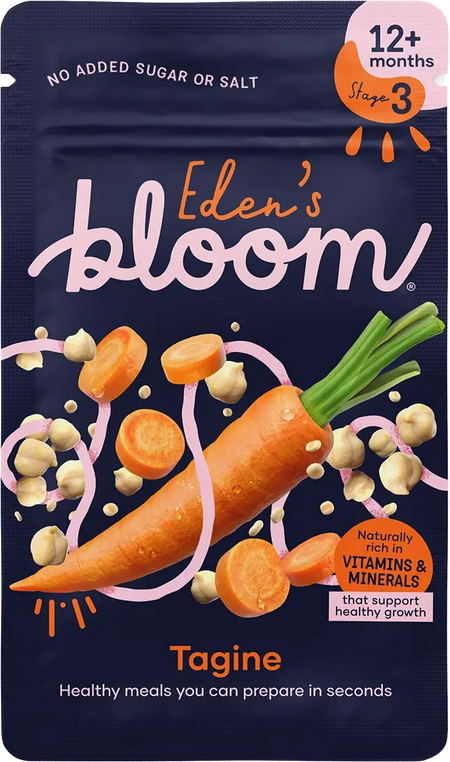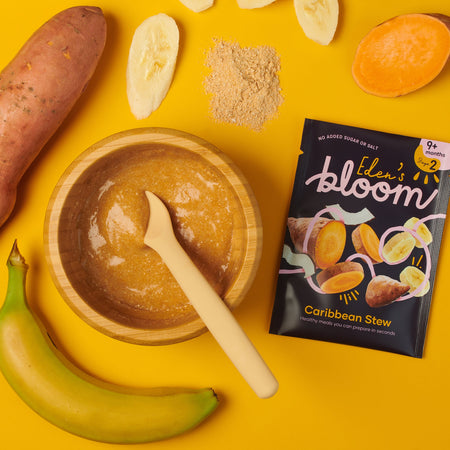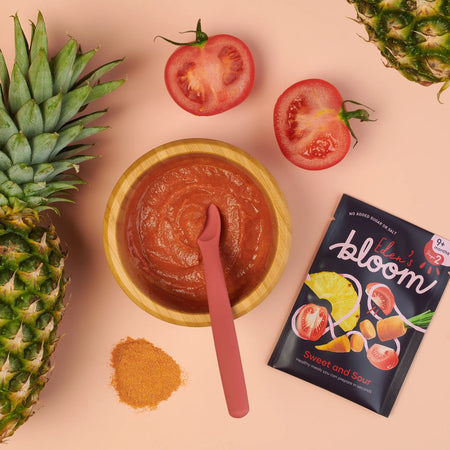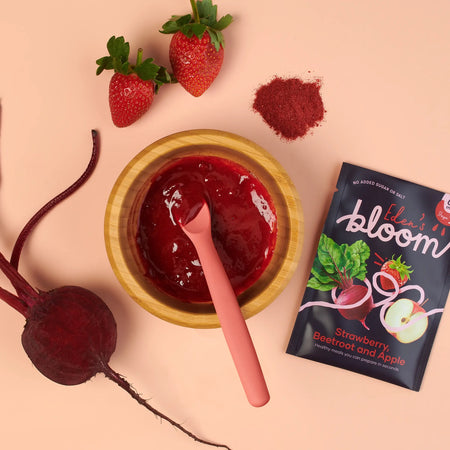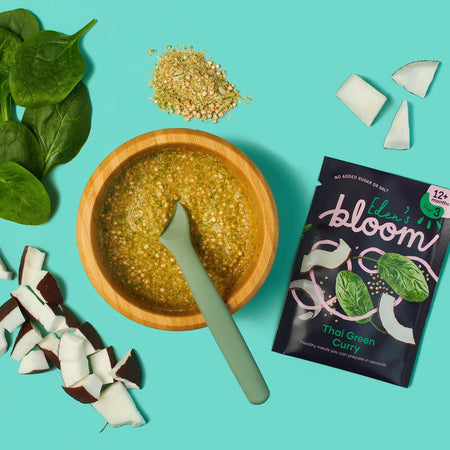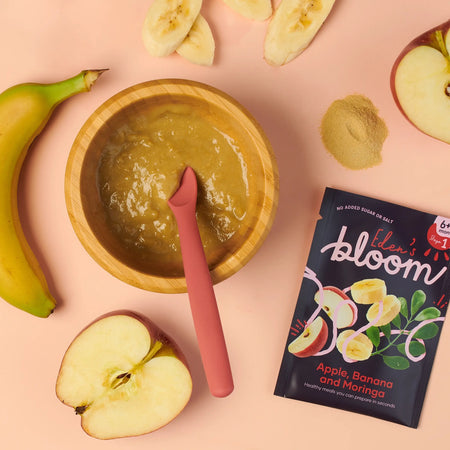
Keeping store bought baby food on your shelf at home can be an incredibly convenient way to prepare your child’s meal. Those quick and easy meals are ready to go and have a longer shelf life compared to homemade alternatives, and, most importantly, are highly palatable for babies!
Therefore, the baby food aisle in the grocery store can be overwhelming when navigating through products, nutrition labels and suitability for different ages. Therefore identifying the best and healthiest choice can be challenging to tackle on your own.
To simplify the process for you, we’re addressing the most commonly asked questions to guide you through the swap of information and things to steer clear off, as well as offering you the best choices for you and your baby.
1.Pay attention to the order in which ingredients are listed on the label
Take note of the sequence in which ingredients are presented. When looking at the ingredients list on the packaging, understand that the ingredients are arranged based on the weight. The first listed will have the highest quantity, while the smaller quantities will be towards the end.
- Avoid unnecessary fillers in your store-shelf baby food
While it’s essential to have whole food like meat, fruit and vegetables and even dairy products as ingredients inside baby food, we should avoid unnecessary filler ingredients that don’t contribute to your baby's nutrition. For example, fillers include corn, rice, starch, etc. Their additives are primarily included to reduce the cost of production and expand the product shelf life. However, they occupy valuable space that could otherwise be filled with real food which provides essential nutrients for your baby.
- Disregard the concept of stage in baby food
Stages in commercial baby food are typically categorised based on their texture and the number of ingredients used. For example, Stage 1 baby food is designed for 4-6 months old. Stage 2 are for babies between 6-8 months, with thicker texture and potentially with more than one ingredient.
Stage 3, suitable for 9 months and older, may contain small pieces of soft cooked foods.
However, we suggest disregarding these stages of reason. Babies are not restricted to starting with single food ingredients. In fact, they can be introduced to foods with various texture and thickness levels. Including finger food right from the beginning of starting solid foods.
- Look for unsweetened baby food.
The common issue with many commercial baby foods is they include a sweet taste and typically, meat or veggie are combined with fruit juices to enhance the palatability. Therefore, if your intention is to familiarise your baby with the taste for vegetables and meat in the long term, this approach might contradict the final goal.
We as humans are inherently drawn to sweetness from birth. While naturally sweet foods like fruits can be enjoyed a few times a day without concern. It’s not ideal to consume artificially sweetened foods. This may reinforce a preference for sweeter flavours. Even if the sweetening agent is something healthy like fruit, it is really important for babies to encounter genuine flavours daily and ultimately reducing the chance of developing picky eating habits further down their stage.
